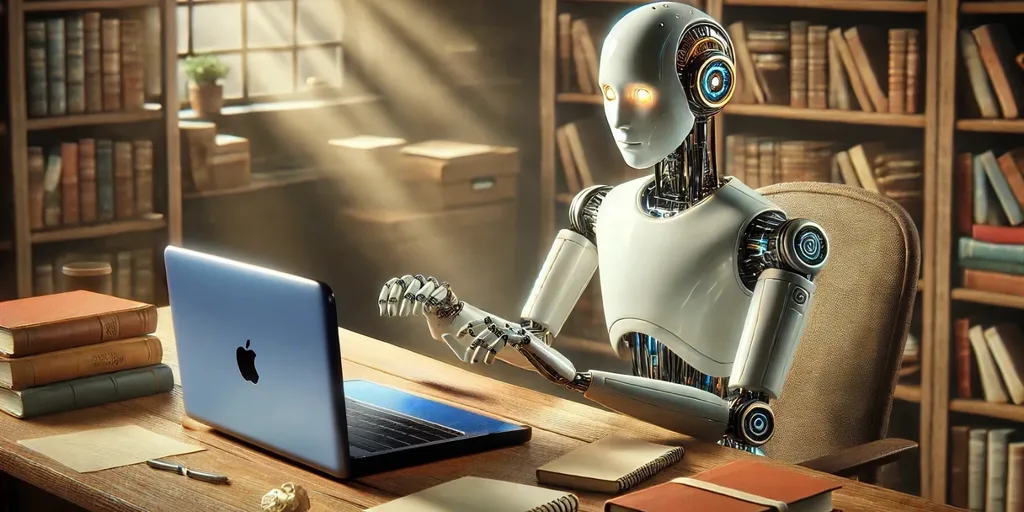AI Detectors Raise Concerns Over Authenticity of the Declaration of Independence

The Evolution of AI Detection Tools
In recent developments, a range of artificial intelligence detection tools, including GPTZero and ZeroGPT, have claimed that historical texts, such as the Declaration of Independence, exhibit characteristics akin to AI-generated content. This revelation has sparked a vigorous debate within the academic and technological communities regarding the legitimacy of AI analyses.
Key Findings from AI Detectors
- GPTZero rates the Declaration of Independence as having a 89% likelihood of human authorship.
- Contrastingly, Quillbot claims the text is 100% human-written.
- ZeroGPT posits a startling conclusion: the document is 98% AI-generated.
These findings illustrate the ongoing challenges in accurately evaluating text in the era of advanced artificial intelligence.
The Implications for Literature and AI
This situation points to broader implications for literature and digital communication. As tools like Grammarly and others evolve, the lines between human and AI-generated content could blur, necessitating rigorous analysis and understanding of what constitutes original work in an AI-saturated environment.
For further details on this intriguing intersection of technology and literature, it’s essential to stay updated on advancements in AI detection tools.
This article was prepared using information from open sources in accordance with the principles of Ethical Policy. The editorial team is not responsible for absolute accuracy, as it relies on data from the sources referenced.